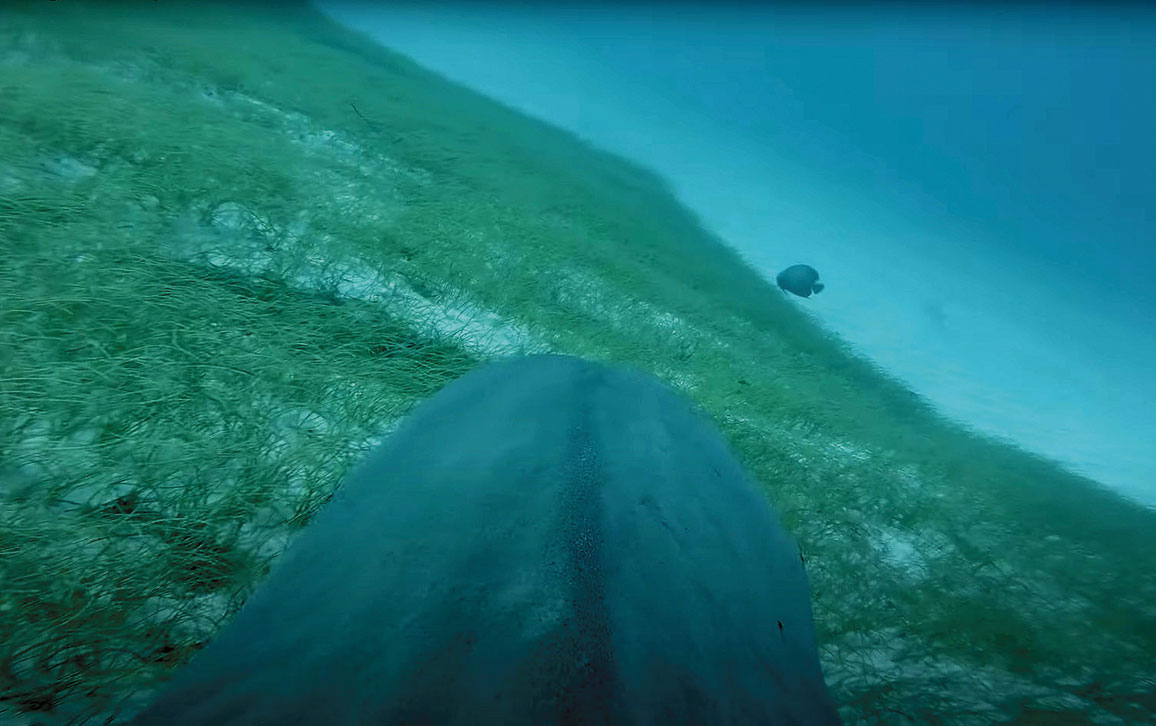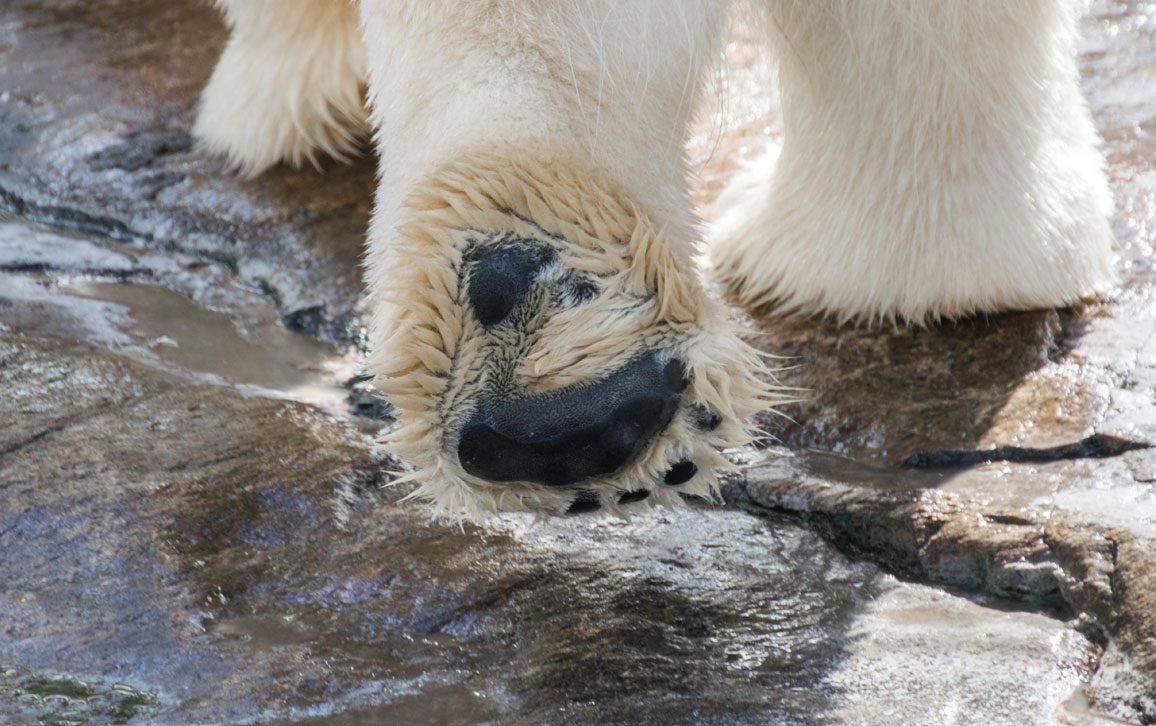
This Article From Issue
January-February 2023
Volume 111, Number 1
Page 15
In this roundup, managing editor Stacey Lutkoski summarizes notable recent developments in scientific research, selected from reports compiled in the free electronic newsletter Sigma Xi SmartBrief.
.Hidden Asteroids
Researchers have discovered three near-Earth objects that had been obscured from view by the Sun’s glare. Two of these asteroids maintain orbits interior to that of the Earth. The third asteroid, 2022 AP7, crosses Earth’s orbit and is about 1.5 kilometers wide, making it the largest potentially hazardous asteroid identified in the past eight years. Although most asteroids circle the Sun in the belt between Mars and Jupiter, there is another group of the space rocks within the orbits of Earth and Venus. Despite being relatively close to Earth, astronomers have found it difficult to detect these objects because of the Sun’s glare. An international team used the Dark Energy Camera in Chile to survey the sky at twilight, when there is less glare and fewer atmospheric distortions. Their discovery of the three asteroids highlights how difficult it is to complete a comprehensive survey of asteroids from Earth. NASA plans to launch the Near-Earth Object Surveyor infrared space telescope in 2026, which is designed to identify potentially hazardous asteroids and comets, but the mission has already been postponed several times. It is unlikely that 2022 AP7 will strike Earth, but if a threat did seem imminent, the success of NASA’s recent Double Asteroid Redirection Test (DART) probe should ease concerns of a planet-ending impact. (See infographic, May–June 2021.) On September 26, 2022, DART slammed into a small asteroid called Diomorphos and successfully shortened its orbit by 32 minutes.
Sheppard, S. S., et al. A deep and wide twilight survey for asteroids interior to Earth and Venus. The Astronomical Journal 164:168 (September 29, 2022).
Shark-Eye View of Seagrass
Cameras mounted to the dorsal fins of tiger sharks have helped researchers identify the world’s largest seagrass ecosystem. Underwater vegetation plays a vital role in marine health, including supporting biodiversity and contributing to carbon sequestration, but monitoring these ecosystems is challenging. Enter, the shark-cam. A group of oceanographers, biologists, and cinema scientists studying seagrass in the Bahamas have developed a camera that can attach to the dorsal fin of tiger sharks (Galeocerdo cuvier) using biodegradable cable ties and a dissolvable swivel. The researchers can then observe the shark’s environment for 6 to 24 hours, depending on the type of swivel used, before the camera detaches from the shark and floats to the surface for retrieval. Remote sensing technologies are unreliable at identifying whether vegetation is seagrass, phytoplankton, or macroalgae. Tiger sharks spend much of their time in seagrass and traverse wide areas as they hunt, making them ideal underwater observers of the ecosystem. Data from the shark-cams combined with other sensing methods indicate that the seagrass habitat covers between 66,000 and 92,000 square kilometers across the Bahama Banks. The success of the animal-based cameras could be applied to other ecosystems that are difficult for humans to access.

CC BY-NC 4.0
Gallagher, A. J., et al. Tiger sharks support the characterization of the world’s largest seagrass ecosystem. Nature Communications 13:6328 (November 1, 2022).
Lab-Grown Neurons Play Pong
Brain cells grown from human stem cells and from mouse embryos can sense and respond to their environment—and even play a video game. A team combining researchers in neuroscience, biomedical engineering, and artificial intelligence used living neurons to create a synthetic biological intelligence system that they call DishBrain. This minibrain was connected via electrodes to a video game similar to the classic Atari arcade game Pong. The electrodes provided feedback in the form of electrical stimulation to the cells that indicated the location of the ball in relation to the paddle and responded to the cells’ decisions. DishBrain appeared to learn the game in about five minutes, demonstrating the ability to self-organize and to display goal-directed behavior in response to its environment. Brain organoids like DishBrain have the potential to help researchers understand the workings of the brain and develop treatments for neurological disorders. (See “Minibrains: What’s in a Name,” July–August 2021.)
Kagan, B. J., et al. In vitro neurons learn and exhibit sentience when embodied in a simulated game-world. Neuron doi:10.1016/j .neuron.2022.09.001 (October 12, 2022).
Arctic Snow-Paws
A comparative study of bear feet has confirmed what researchers have long suspected: Polar bears’ unusually rough pads help them navigate icy terrain. A team led by polymer scientist Ali Dhinojwala of the University of Akron compared the paws of four bear species: polar bears, brown bears, American black bears, and sun bears. They found that polar bear feet have more fur and smaller paw pads than the feet of other bears, but that papillae (microscopic bumps) on the pads were as much as 1.5 times longer than those of the other species (sun bear paws do not have papillae at all). Friction experiments with three-dimensional models demonstrated that tall papillae increase the surface area in contact with the ground, creating more traction on slippery surfaces. The extra-sticky paw pads help to compensate for their smaller size, which is necessary to minimize heat loss through their feet. Similar comparative studies could help researchers understand how other animal features make them uniquely suited to their environments.

Wikimedia Commons
Orndorf, N., A. M. Garner, and A. Dhinojwala. Polar bear paw pad surface roughness and its relevance to contact mechanics on snow. Interface 19:20220466 (November 2, 2022).

American Scientist Comments and Discussion
To discuss our articles or comment on them, please share them and tag American Scientist on social media platforms. Here are links to our profiles on Twitter, Facebook, and LinkedIn.
If we re-share your post, we will moderate comments/discussion following our comments policy.